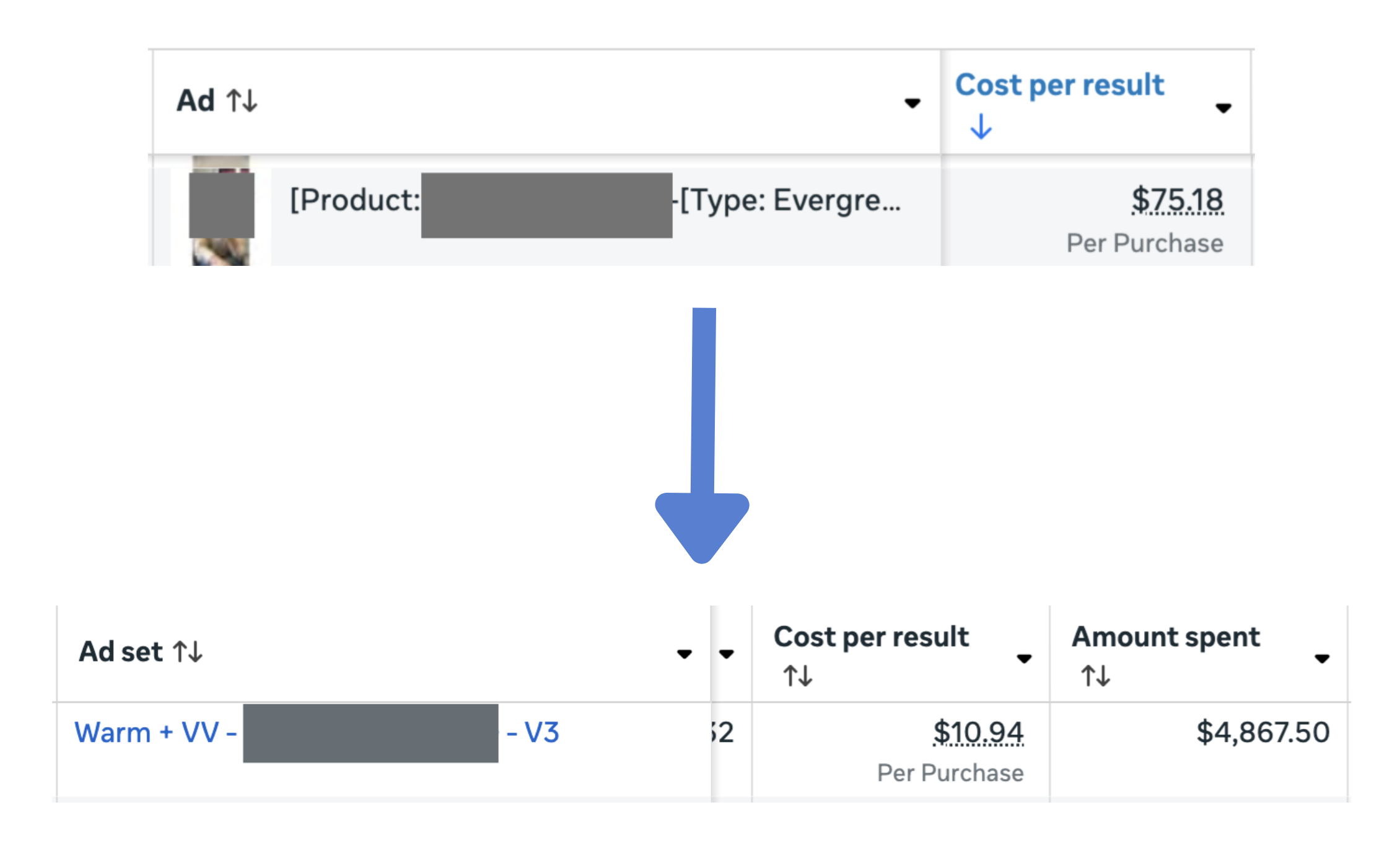Why Running Facebook Conversion Ads Isn’t Getting You Sales (And What To Do Instead)
Do your Facebook ads look pretty, but aren’t actually converting? This blog post is for you.
Most business owners think the solution is to run more conversion ads. But that’s actually one of the biggest mistakes I see! Before you spend another dollar trying to “fix” your ads, you need to understand why they’re not working yet.
Don’t worry - I’ve got you covered.
Before we dive in, grab my free PDF: 5 Facebook Ad Templates That Actually Convert
These 5 templates will show you exactly how to structure your ad copy and creative for traffic, engagement, or sales. Plug them in and start getting results faster!
Now, let’s talk about why running conversion ads too soon can hurt your results, and what to do instead if you want to lower your costs and finally get more sales.
1. The Problem with Starting With Conversion Ads
It’s tempting to think, “If I tell Facebook to find buyers, it’ll show my ad to people who want to buy, right?” So you turn on your conversion ads and sit back, waiting for the sales to come in.
But, unfortunately, that’s not how it happens.
Conversion ads work best once you’ve already built a warm audience; people who know your brand, have visited your website, or engaged with your content.
When you’re targeting a cold audience who’s never heard of you, Facebook doesn’t yet know who your ideal buyers are. Without that data, it guesses…and you end up paying for expensive clicks and low conversions.
For example, one of my clients initially ran conversion campaigns right out of the gate and paid around $75 per purchase! Once we switched to a strategy that built a warm audience first (using traffic and video ads), that cost dropped to around $10–$15 per purchase, depending on the ad.
Same offer. Same budget. Just a smarter funnel.
The bottom result is over a span of 2 months.
2. The Smarter Approach: Start with Traffic and Video Ads
Instead of diving straight into conversion ads, start by running video views ads and or traffic ads to warm people up first.
Here’s why this works:
✔️ Builds brand awareness
Traffic and video ads introduce new people to your brand. They start to see your brand name, hear more about your products, and understand your value. All before you ever ask for a sale.
✔️ Feeds the Facebook pixel with valuable data
When people visit your site or watch your videos, Facebook learns who is engaging. This gives the algorithm better signals, so when you do run conversion ads, it knows exactly who to go find.
✔️ Creates multiple warm audiences
You can retarget people who watched your videos, visited your landing page, or engaged with your content. These are the audiences that convert later, at a fraction of the cost of cold ads.
It’s easy to think of video and traffic ads as a “waste of money,” but instead, it’s important to view it as your “warm-up stage.” They help your future conversion ads perform like they should, because now you’re targeting people who already know, like, and trust your brand.
3. The Power of Pixel Retargeting
Once people have engaged with your ads or visited your site, you can retarget them with your offers, and this is where sales start to roll in.
You’re no longer talking to strangers. You’re talking to people who have already seen your brand name and shown interest, which means they’re far more likely to buy.
For example, if someone reads this blog post, I can later run an ad promoting my VIP Day or my free ad templates specifically to people who visited this URL. It’s a warm audience that’s already familiar with my expertise, and retargeting to them converts way better than trying to sell to a completely cold audience. So if you see one of my Facebook ads, that’s why :-)
4. Why This Strategy Works
When you combine video ads, traffic ads, and pixel retargeting, you’re creating a simple but powerful funnel:
Video + Traffic ads build awareness and warm up your audience.
Retargeting ads nurture that warm audience and drive conversions.
Lookalike audiences expand your reach based on the data you’ve collected.
It’s a “slow and steady wins the race” approach that gives you cheaper conversions and better-quality buyers over time.
Ready to Make Your Ads Convert?
If you’re tired of guessing what to write in your Facebook ads, grab my freebie:
👉 5 Facebook Ad Templates That Actually Convert
These plug-and-play templates show you how to develop ads that attract the right people…whether you’re running video, traffic, or conversion campaigns.
They’re short, scroll-stopping, and proven to work (especially for product-based brands).
Go grab them and start turning your clicks into sales.


